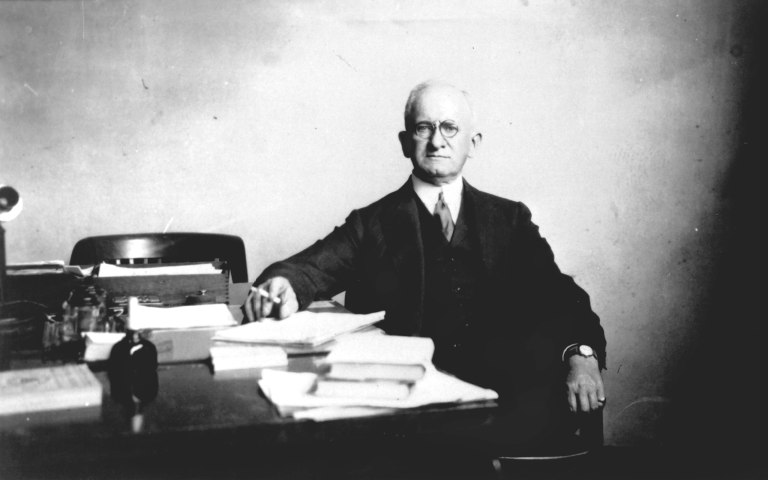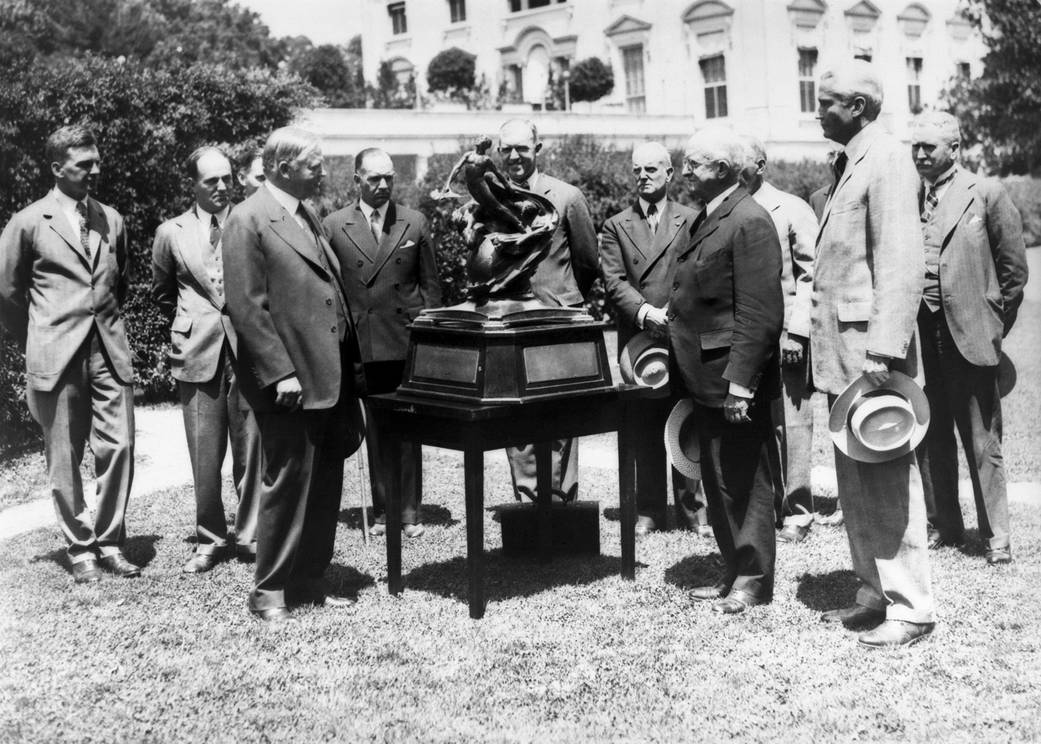
Joseph Sweetman Ames
Founding member of the National Advisory Committee for Aeronautics
NASA’s Ames Research Center is named after Joseph Sweetman Ames. Dr. Ames was a founding member of NACA (National Advisory Committee for Aeronautics), appointed by President Woodrow Wilson in 1915. Ames took on NACA’s most challenging assignments but mostly represented physics. He chaired the Foreign Service Committee of the newly-founded National Research Council, oversaw the NACA’s patent cross-licensing plan that allowed manufacturers to share technologies.
Ames expected the NACA to encourage engineering education. He pressed universities to train more aerodynamicists, then structured NACA to give young engineers on-the-job training. Ames gave the NACA a focused vision that was research-based and decided that aerodynamics was the most important field of endeavor. He championed the work of theorists like Max Munk.
The world class wind tunnels at Langley Aeronautical laboratory reflected his vision as well as the faith Congress put in him. Ames became chairman of the NACA main committee in 1927. Two years later he accepted the Collier Trophy on behalf of the NACA. He kept the NACA alive when Herbert Hoover tried to eliminate it and transfer its duties to industry.
Ames accepted a nomination by Air Minister Hermann Goring to the Deutsche Akademie der Luftfartforschung. Ames then considered it an honor, many Americans did, and was surprised to learn about the massive Nazi investment in aeronautical infrastructure, then six times larger than the NACA. Ames urged the funding for a second laboratory and expansion of the NACA facilities to prepare for war.
A stroke in May 1936 paralyzed the right side of his body. He immediately resigned as chairman of the NACA executive committee and in October 1937 he resigned from the NACA main committee.
On June 8, 1944 the NACA officially dedicated its new laboratory in Sunnyvale California to Joseph S. Ames. Ames died in 1943, having never stepped foot in the new laboratory that bears his name; the Ames Aeronautical Laboratory (known today as the Ames Research Center).
In a letter to William Durand who led the dedication ceremony, Henry H. “Hap” Arnold called “Dr. Ames the great architect of aeronautical science…. It is most appropriate that it should now be named the Ames Aeronautical Laboratory, for in this laboratory, as in the hearts of airmen and aeronautical scientists, the memory of Joseph S. Ames will be enshrined as long as men shall fly.”
Publications
- The Theory of Physics (1897)
- Elements of Physics (1900)
- The Induction of Electric Currents (two volumes, 1900)
- Text-Book of General Physics (1904)
- Theoretical Mechanics (1929)
Ames was also a Physics professor at Johns Hopkins University, Baltimore, Md., and later became provost and university president. He was a fellow of the American Academy of Arts and Sciences. Ames was also an assistant editor of Astro-Physical Journal and associate editor of the American Journal of Science; editor-in-chief of the Scientific Memoir Series; and editor of J. von Fraunhofer’s memoirs on Prismatic and Diffractive Spectra (1898).



























